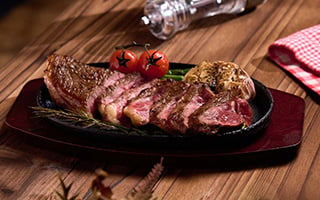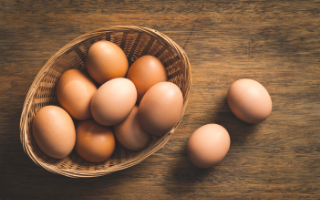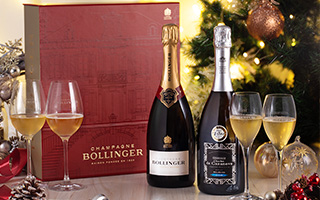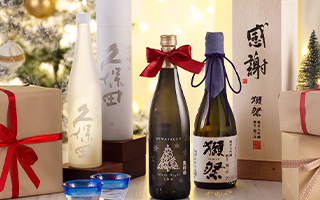The Enjoyment of Sake

The Enjoyment of Sake
Now that you are familiar with the five styles of sake and better understand the various essential elements in sake brewing, it’s time to enjoy sake with your five senses! There are many choices to make about the type, brand and style of sake. In this chapter, we will talk about how to decipher a sake label, sake pairings, sake drinkware selection and seasonal sakes, as well as the meaning of Jizake. Say cheers to an extraordinary sake experience!
Sake Label 101
When you pick up a bottle of sake, you will know which brewery it is from, but you can also obtain a substantial amount of other information to help you select the most suitable sake for you just by reading the sake label.
A sake label usually includes the following information:
- Sake brand
- Type of sake (indicated as Japanese sake or sake)
- Alcohol content
- Raw ingredients
- Net volume
- Name and address of the brewery
Apart from the above, you can also find info such as the specific name of the type of sake (like Junmai Daiginjo, Daiginjo etc) and rice polishing ratio. Some breweries will also indicate on the sake label details like sake meter value, brewer’s name and storage method. You can get an overview of the type of sake by reading the label.
Many breweries infuse their brand philosophy into the label design. For example, the Kubota label is printed on traditional washi paper made from Niigata-produced materials, and the calligraphy is designed by local artists to express Niigata’s cultural heritage and the brewery’s determination to stay true to its original intentions. Izumibashi’s label features the “red dragonfly”, an insect that only resides in clean paddy fields and is a symbol of good luck in Japanese culture; it not only represents the brand and is easily recognisable and unique, but also reflects the brewery’s gratitude to mother nature.
Feel the Changes in Flavour with Different Sake Drinkware
The right cup brings out the best in sake
Bud-shaped
Bud-shaped cups have a narrow mouth that holds the aroma, for slowly savouring aromatic changes on the nose. It is most suitable for enjoying sakes with a rich, floral perfume.
Trumpet-shaped
The wide mouth of a trumpet-shaped cup allows the aroma to disperse. When taking a sip, trumpet-shaped drinkware enables the sake to reach the acid-sensitive zones on the sides of your tongue to accentuate the sensation of acidity.
Bowl-shaped
Bowl-shaped cups feature a wide mouth and long body; it takes less time for the sake to reach the centre of the tongue. This type of cup is suitable for enjoying richer sakes with more robust umami and sweet flavours. It is good for tasting warmed sakes as well.
Straight-shaped
The straight-line body of a straight-shaped cup lets the sake flow smoothly and quickly into your mouth and the back of your tongue. It is perfect for enjoying light-bodied sake as you can feel a unique, refreshing sensation in the throat.
A Symphony of Sake & Food
Good sake should be paired with good food – no matter the sake style, the right sake and food pairing can elevate what’s in your glass and on your plate, creating a sensational harmony of flavours.
In the chapter on “The Five Styles of Sake”, we have shared some basic pairing suggestions, and below are the principles behind pairing based on the different types of sake:
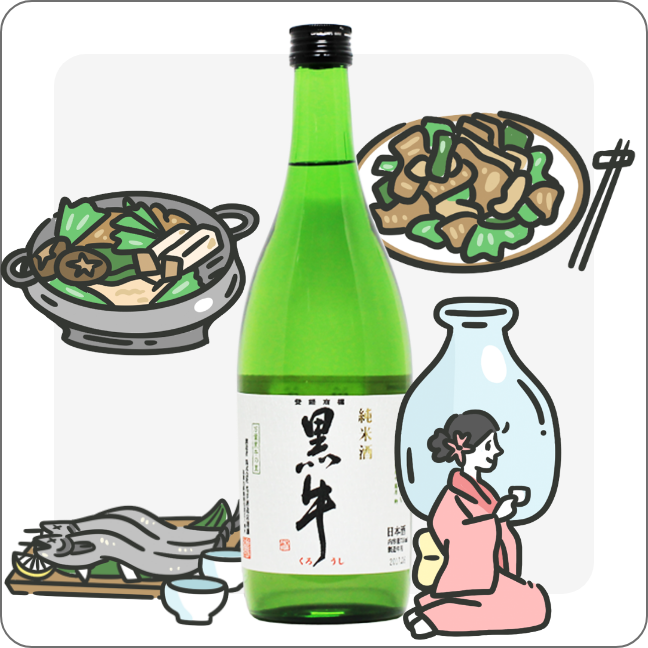
Junmai x Rich Buttery Fragrant
Boasting a rich flavour and an intense rice aroma, Junmai is best paired with grilled fish, stir-fried pork with vegetables, and wagyu dishes that feature a buttery fragrance. Coupling strongly flavoured sake with food enhances its overall flavour.

Ginjo x Refreshing & Sweet
The aromatic characteristics of Ginjo make it a perfect match with refreshing and sweet dishes. Both can show their true colours without overpowering each other. Dishes like white fish sashimi, raw oysters, mussels in wine and shrimp salad are all great picks.

Sparkling Sake x Appetising Appetisers
Fresh and light sparkling sake is suitable as an aperitif and for toasting; when pairing it with food, you can refer to the pairing suggestions for champagne, like caviar, raw oysters and Ibérico ham. The umami of the sake can effectively elevate the umami of the food.

Aged Sake x Rich & Aromatic Dishes
Aged sake is rich in umami, sweetness and acidity. It is a perfect match with rich-flavoured dishes like grilled eel, sukiyaki, bolognese and even pan-fried foie gras. Sake can be paired with a wide variety of cuisines, not only Japanese.
Seasonal Sake Flavours
Japan has four distinct seasons, each with specific scenery, making it a well-loved destination for tourists.
Winter is the season for new sake. Shinshu is often launched during wintertime, with the freshest ones being rolled out in mid-November, carrying a lively and unadulterated taste. December is the most anticipated season for sake lovers, as it is when new namazakes comes out.

Izumibashi Konayuki Junmai Ginjo Nigori

Esshu Sakura Biyori Ginjo
Spring is the season for cherry blossom viewing in Japan. The term “Hanamizake” has a long history, with people appreciating the beauty of the cherry blossom while enjoying sake and having a wonderful time mingling with family and friends.
Breweries launch refreshing sakes during the summertime, which are best served cold to beat the heat with a clean, light taste.

Tenzan Natsugin Ginjo

Eikun Akiagari Junmai
Hiyaoroshi is an autumn-limited kind of sake. “Oroshi” in Hiyaoroshi means “shipment” – the brewed sake is pasteurised once in spring, stored and aged for six months at a low temperature, and then bottled and shipped in autumn when the temperature becomes similar to that in the storage room.
Many breweries launch sakes with different characteristics to match the seasonal dishes and the distinctive beauty of each of the four seasons.
Jizake – The Pride of Local Artisanal Sake
Every prefecture has its own dining culture and history, with Jizake representing the unique characteristics of the respective prefectures. In coastal regions where seafood is abundant, the taste of the Jizake is usually on the lighter side to better match the usual daily diet of the local residents.
Jizake is becoming increasingly charismatic with the influence of the unique geographical and historical elements of individual regions. Some prefectures have begun the implementation of “Kanpai Regulations” in recent years, encouraging people to choose locally produced sake for toasting at banquets. Although it is not legally binding, it gives people a chance to better understand the culture behind the locally produced Jizake.













